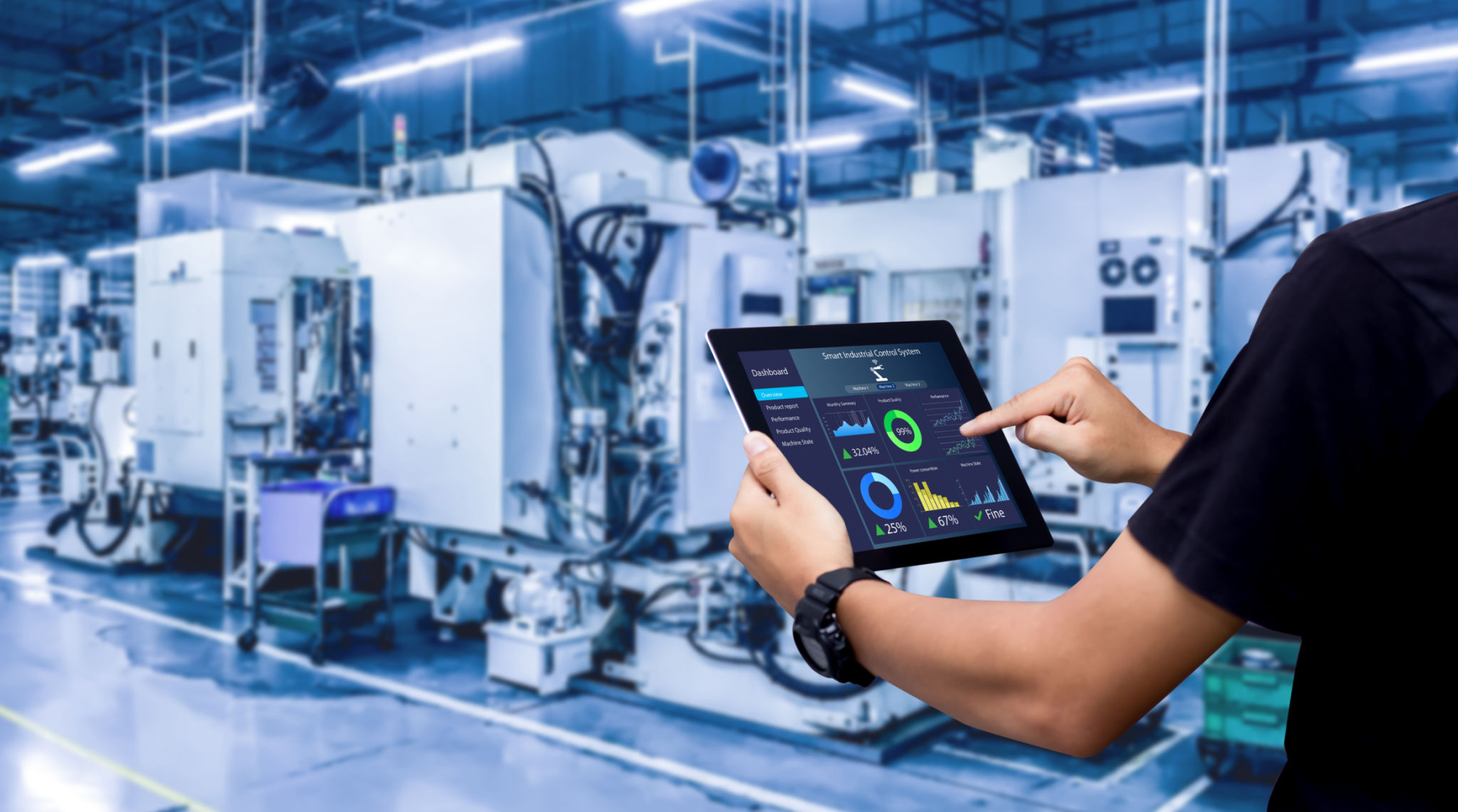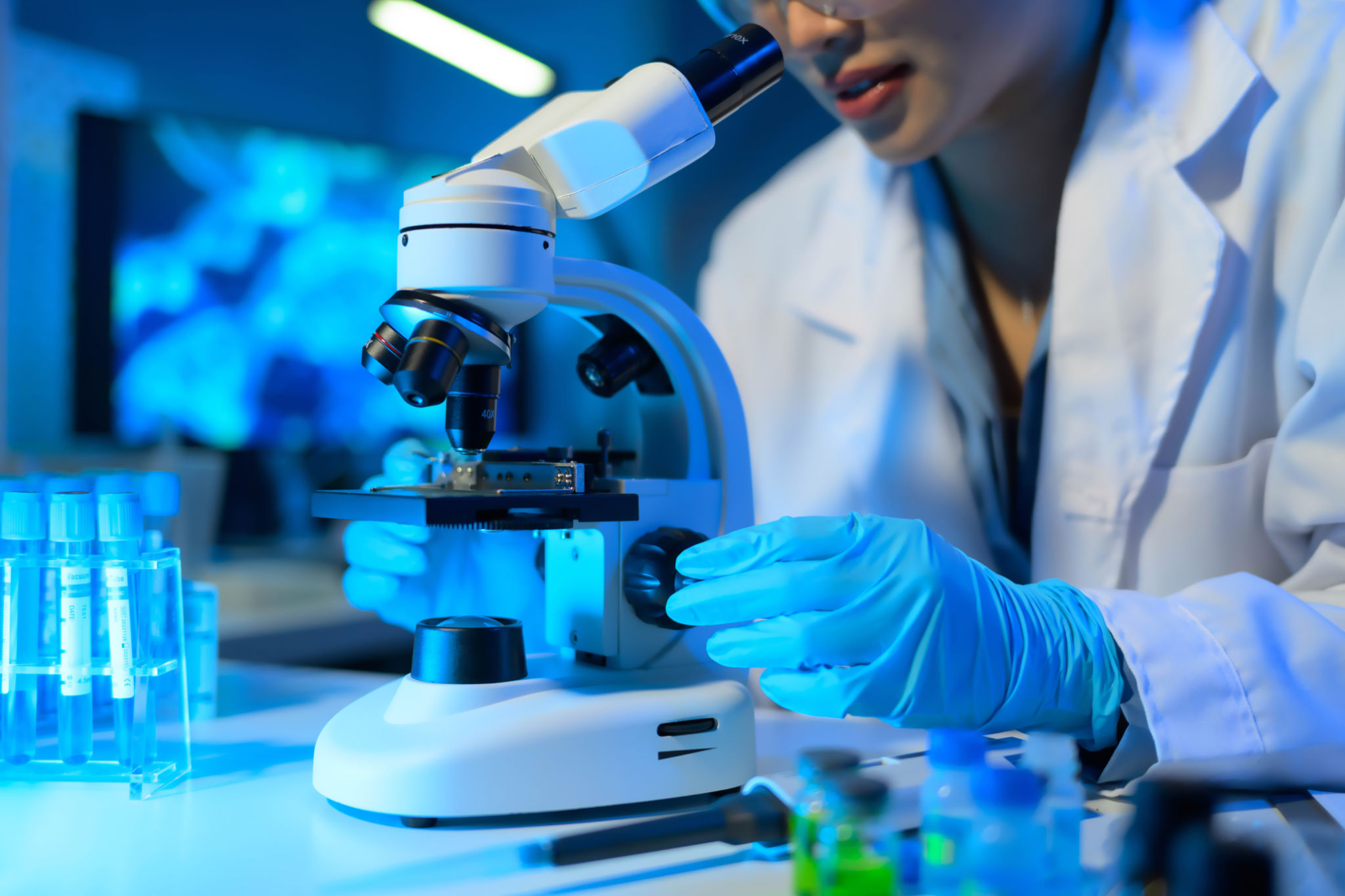The Role of Carbon Dioxide in Modern Industries
Introduction to Carbon Dioxide in Modern Industries
Carbon dioxide (CO2) is often associated with environmental concerns, such as climate change and global warming. However, it's important to recognize the significant role this gas plays in various modern industries. From manufacturing to food production, CO2 is an essential component that contributes to the efficiency and effectiveness of numerous processes.
CO2 in the Manufacturing Sector
The manufacturing sector utilizes carbon dioxide in several ways. One of the most common applications is in the production of carbonated beverages. CO2 is used to carbonate drinks, giving them their fizz and distinct taste. Additionally, CO2 is employed as a shielding gas in welding processes, ensuring high-quality welds by preventing oxidation and contamination.
Another critical use of carbon dioxide in manufacturing is in the production of plastics and polymers. CO2 acts as a blowing agent, helping to create foam materials that are lightweight yet durable. These materials are used in everything from packaging to automotive parts, highlighting the versatility of CO2 in industrial applications.

Food and Beverage Industry Applications
In the food and beverage industry, carbon dioxide is indispensable. Beyond its use in carbonated drinks, CO2 is also utilized for food preservation and packaging. Modified atmosphere packaging (MAP) is a technique that uses CO2 to extend the shelf life of perishable goods by slowing down bacterial growth.
CO2 is also employed in the creation of dry ice, which is used to keep food products cold during transport. This method is particularly useful for shipping perishable items like seafood and pharmaceuticals that require strict temperature control.

The Role of CO2 in the Energy Sector
While often viewed negatively in the context of energy production due to emissions, CO2 can also be harnessed beneficially. Carbon capture and utilization (CCU) technologies are advancing rapidly, allowing industries to capture CO2 emissions and convert them into usable products, such as synthetic fuels or building materials.
This approach not only helps reduce overall carbon emissions but also provides a sustainable solution for resource utilization. As these technologies continue to develop, they hold the promise of transforming CO2 from a waste product into a valuable resource.

Medical and Scientific Uses of CO2
In the medical field, carbon dioxide has various applications. It is used as an insufflation gas during minimally invasive surgical procedures, such as laparoscopy, to enlarge and stabilize body cavities for better visibility and access.
CO2 is also utilized in laboratory settings for cultivating cell cultures. It helps maintain the required pH levels in cell culture incubators, ensuring optimal growth conditions for biological research and development.

Environmental Implications and Future Prospects
While carbon dioxide is integral to many industrial processes, its environmental impact cannot be ignored. Industries are increasingly focusing on reducing their carbon footprint through innovative technologies and practices that utilize CO2 efficiently.
The future of CO2 in modern industries will likely involve balancing its beneficial uses with sustainable practices. As technology advances, the potential for CO2 to contribute positively to industrial innovation while mitigating environmental harm continues to grow.
